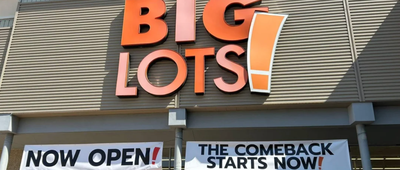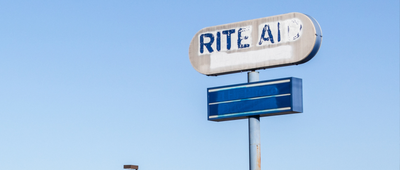THE HOUSE THE MOUSE BUILT
Founded as the Disney Brothers Cartoon Studio in 1923, the Walt Disney Co. has grown to become the world's largest entertainment company by revenue. Just as its founder pushed the boundaries of animation, the company has continue to pioneer in all kinds of entertainment, including live-action film, digital imaging, branding, multi-platform marketing, and corporate consolidation. Here are some of the most notable innovations to come out of Disney that have shaped the American entertainment industry indelibly, for better and worse.


































